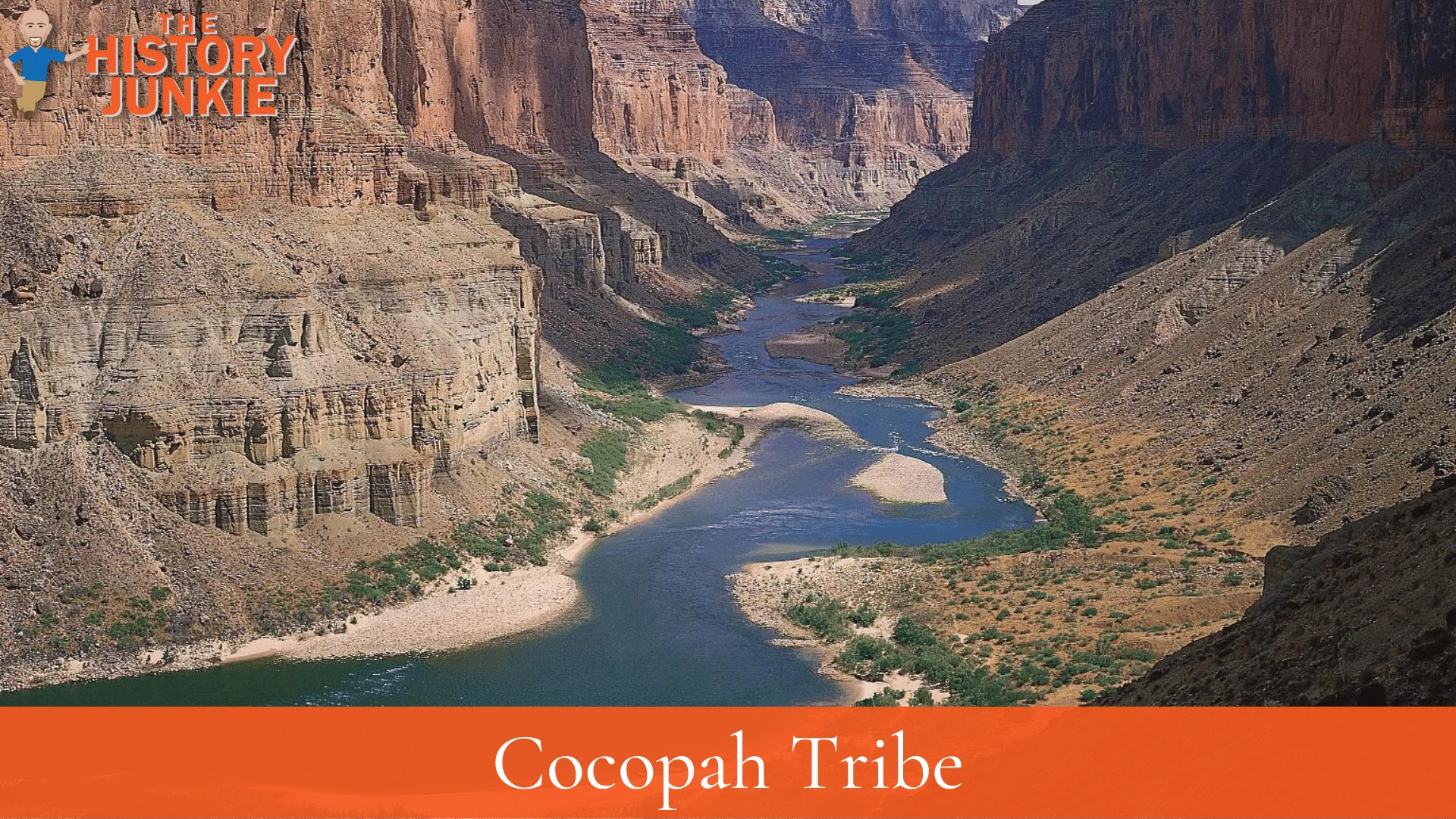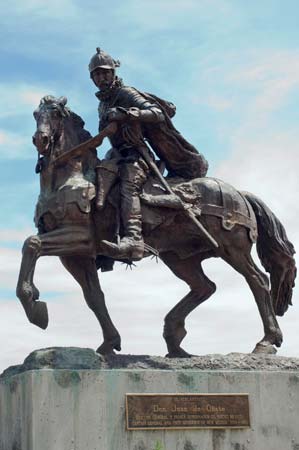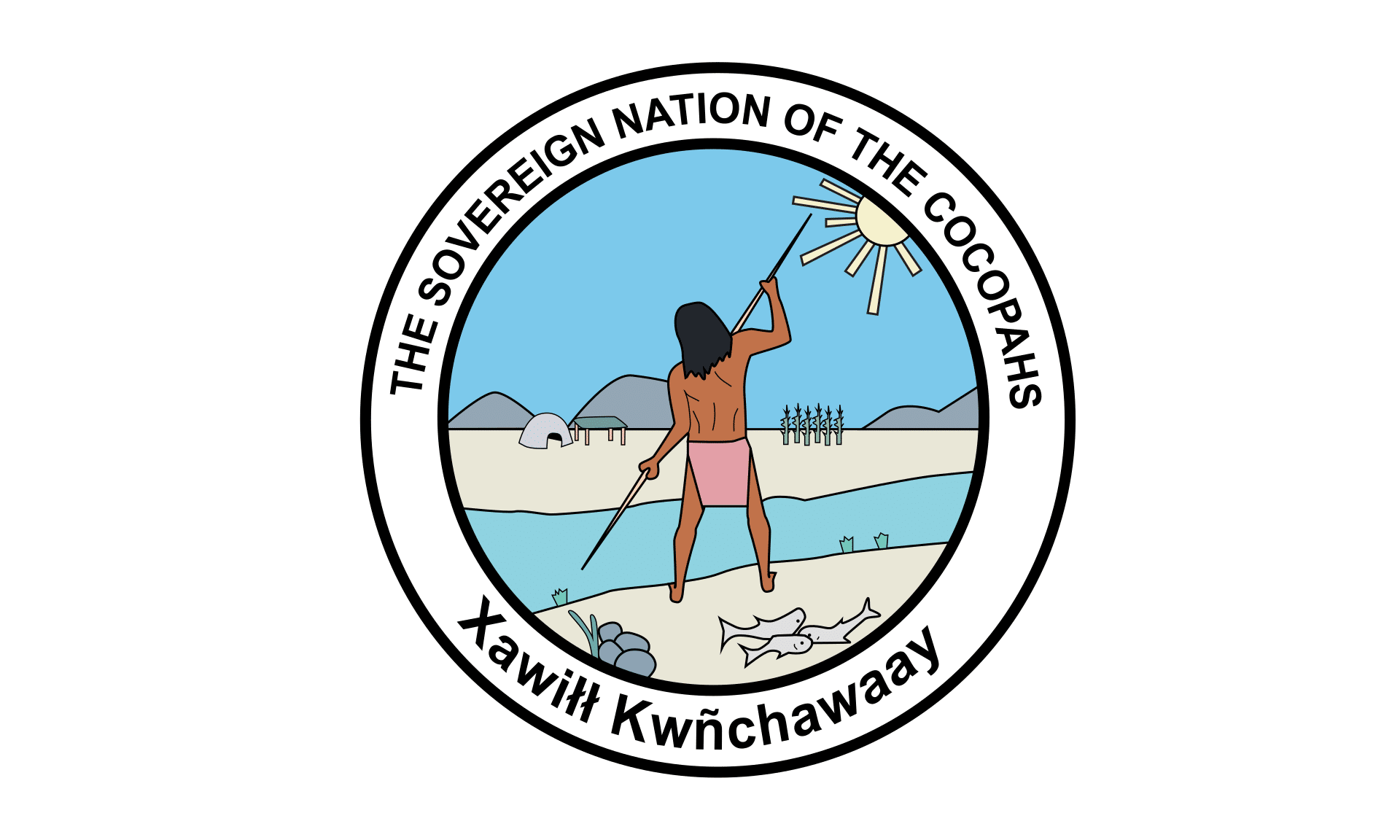The Cocopah tribe is a southwest Indian tribe that is now located in Arizona but at one point inhabited parts of Arizona and California.

They are most likely ancestors of other Yuman-speaking tribes in the region.
Jump to:
European Contact
The first European to make contact with the Cocopah Tribe would have been Hernando de Alarcon. Alarcon was a Spanish Conquistador who explored the Colorado River and other western locations.
The first explorer to actually mention the tribe by name was the controversial Juan de Oñate. Oñate was one of the last conquistadors to come through the region. Spain's power would diminish during the 17th century.

The Cocopah tribe would not be a tribe that was often in contact with Americans. After their last contact with the Spanish in 1605, the tribe seemed to be able to avoid conflict with other settlers.
This would end in the 19th century.
Manifest Destiny and The Mexican War
America had taken on what they called Manifest Destiny. They believed that they were destined to expand their land from sea to shining sea. This would come to reality during the presidency of James Polk.
After America defeated the Mexicans during the Mexican-American War, the Cocopah lands would be split between the two countries. Since the Cocopah tribe lived on land that was being claimed by the Mexican and the Americans, it proved difficult for them to keep their autonomy.
A gold rush occurred in the 1840s, which brought most Americans west, and the Cocopah would again feel pressure from the expanding populace.
However, the tribe would see improvements due to the gold rush.
The strategic importance of the Colorado River crossing was recognized by the U.S. government, and the United States Army established Camp Independence in 1850 to protect the entry route through the tribe's territories.
Many tribes along the Colorado River entered the ferry business, given its profitability, creating many jobs for the Cocopah.
Conflict With America
The improvements would be short-lived as they took part in the Tax Revolt of 1851 and then participated in the Yuma War.
They allied with the Quechan and Kumeyaay tribes only to see the alliance fall apart due to in-fighting. During the Yuma War, they did not see much success and eventually made peace with the United States. They then allied with the Paipai and Halyikwamai tribes to turn on the Quechan.
These conflicts were unproductive and left them vulnerable to further expansion.
Cocopah in the Mexican Revolution
During the Mexican Revolution, the Magonistas gained the support of the Cocopah under the influence of Camilo Jiménez, who was the tribal leader of the Cocopah in the Mexicali Valley.
The Cocopah were sympathetic to the Magonist struggle against imperialism from both Mexico and the US and the privatized ownership of their land.
The Cocopah were joined by the Paipai, Kiliwa, and Kumeyaay and prepared to fight alongside the Magonistas, as Jiménez smuggled US arms to Mexico with the support of the Industrial Workers of the World (IWW).
On January 29, the Magonistas and the Cocopah captured Mexicali and provided further logistical support throughout their lands. Jiménez carried out a campaign with the Cocopah, Paipai, and Kiliwa armies from El Rosario to Ensenada, raiding small towns and looting Chinese-Mexican businesses.
The Cocopah were eventually defeated by the Mexican forces in the following months and were forced off of their land by the Colorado River Land Company.
The Cocopah Tribe now resides in Arizona on the Cocopah Indian Reservation.

